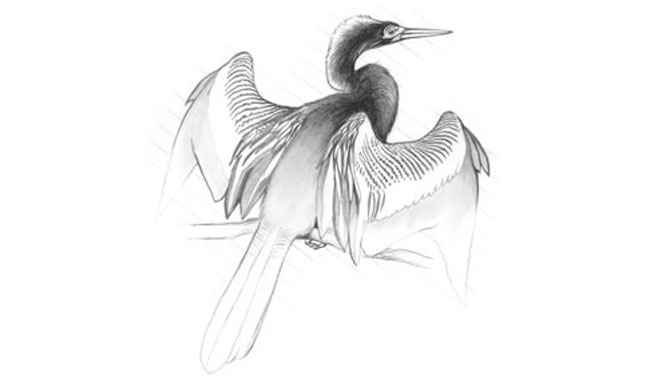Augury is an ancient Roman method of prophecy by studying the flight of birds. Signs from birds were divided into “alites” from the flight, and “oscines” from the voice. The alites included region of sky, height and type of flight, behaviour of the bird and place where it would rest. The oscines included the pitch and direction of the sound.
The augur was a priest and official in ancient Rome. His main role was to interpret the will of the gods by studying the flight of birds, whether they are flying in groups or alone, what noises they make as they fly, direction of flight and what kind of birds they are. This was known as “taking the auspices”.
Observation conditions were rigorous and required absolute silence for validity of the operation. The effectiveness of augury could only be judged retrospectively. The divinely ordained condition of peace was an outcome of successful augury.
The individual that best represents augury is Attus Navius. One day he lost one of his pigs and promised the gods that if he found it he would offer them the biggest grapes growing in his vineyard. After recovering his pig he stood in the middle of his vineyard facing south. He divided the sky into four sections and observed birds. When they appeared he walked in that direction and found an extraordinarily large grape.


